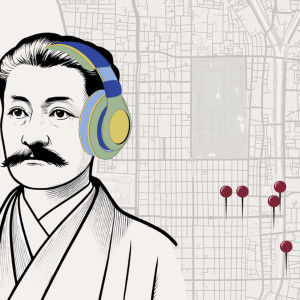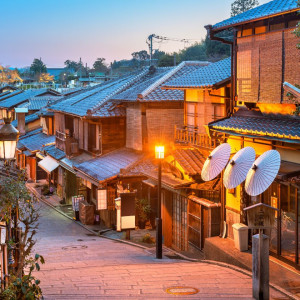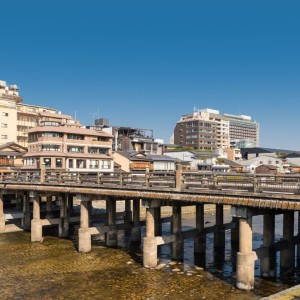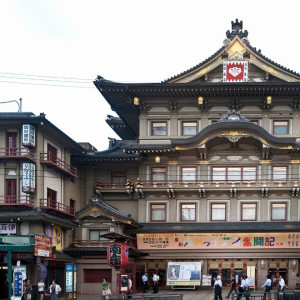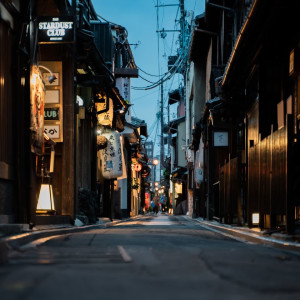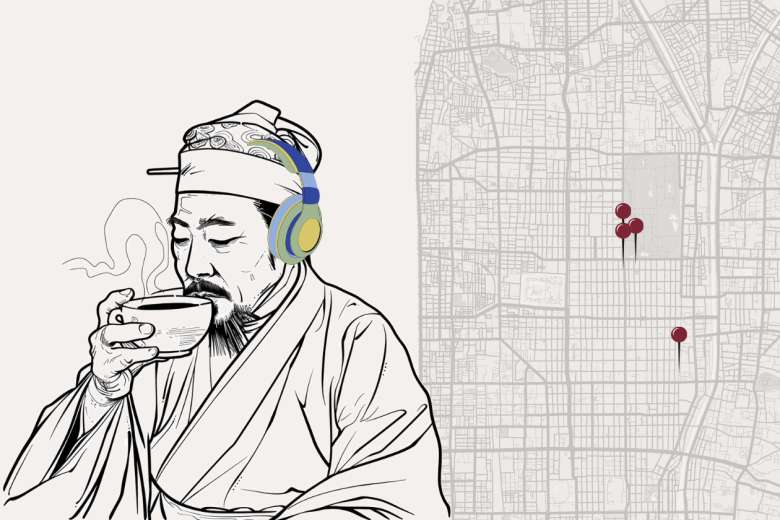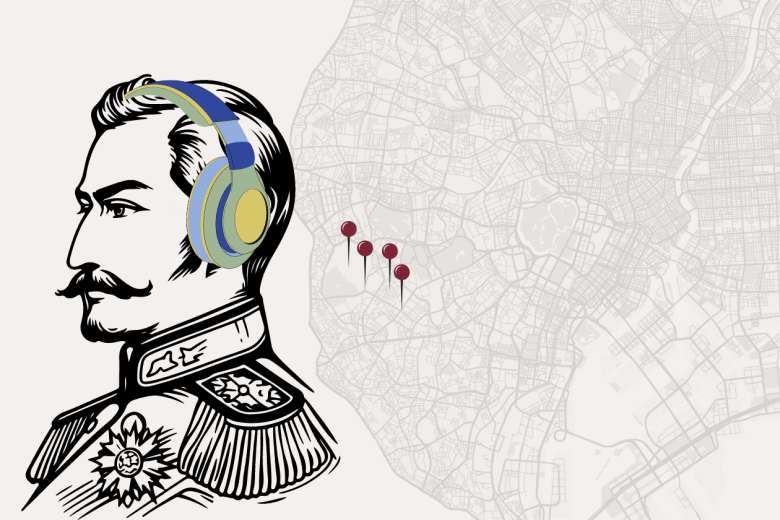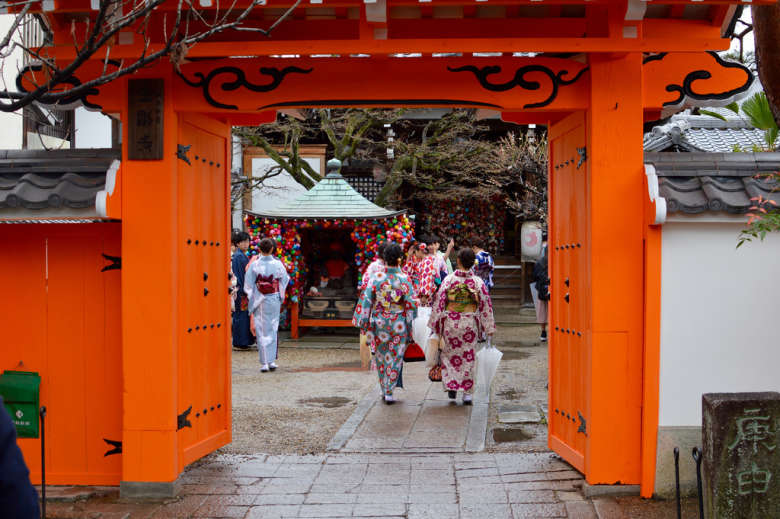- Duration
- 1 hour 15 minutes
- Product Type
- Audio Guide
- Marvel at the Great Gatsby-style Kikusui restaurant, which drew inspiration from popular European expressionist architecture
- Learn how private businesses found it easier than the state to show a little contemporary flair by embracing new architectural trends
- Get to know about Tatsuno Kingo, Japan's preeminent architect and one of its first professionally-trained architects, schooled in the principles of European design
- Find out how newspapers led to the creation of 1928 Building, the vibrant structure with a modern design
- Discover how rebels and criminals were decapitated by the shogun's men as you cross over Kamogawa River
- Dive into the life of William Merrell Vories, the architect whose legacy includes working on over 1,000 buildings in different styles
- Take in Pontocho Kaburenjo, a theater that may seem slightly out of place in a Geisha district dominated by low wooden buildings
- Take in the view from the Sanjō Ōhashi Bridge
- Pass Yabetoku Clock Store and learn how businesses used Western-style buildings to advertise their modernness
- Compare the Pontocho Theatre, clearly modeled on Western designs and a growing interest in finding a middle road, with the Minamiza Theater, which uses more recognizably Japanese aesthetics and preserves many aspects of traditional design
- Learn of Sacra Building, made with a more dependable, welcoming and relaxed than the former Bank of Japan due to its purpose to serve ordinary Kyoto citizens rather than titans of finance

Gavin received a Ph.D. in history from the University of North Carolina, Chapel Hill, and came to Kyoto in 2001 to take his current position as a tenured university professor of history, religious studies, and American Studies. Since 2016, he is also a Fellow at Harvard's Reischauer Institute of Japanese Studies. Much of his teaching and research center on Japan's encounters with the West, particularly during the Edo, Meiji, Taisho and early Showa periods (1600-1940), and he has published on the history of foreign tourism, Protestant missionaries in Japan, and the history of Japanese fashion. He is also an expert on Kyoto geisha culture, not only as an historian, but also as a patron of the geisha world. His most recent publication is “Modern Kyoto, Modern Geisha: Geisha Entertainment in the 1920s and 1930s,” which is an open access resource that includes many rare images from his personal collection of prewar geisha memorabilia. Interested readers can find it here: https://www.modernkyotoresearch.org/modern-geisha-1918-1941 or by searching online with the title “Modern Kyoto, Modern Geisha.” He enjoys reading, loves attending geisha parties, always makes time to spend with his family, and is happy exploring with clients Kyoto's endlessly fascinating culture and history.
- Install VoiceMap from the Apple App Store or Google Play
- Create an account
- Select Tour Codes from the menu, then select Enter Codes
- Enter your Voucher Code
- Select Download Now
